|
Even More Morrison Spring Photos |
|
A scuba diver over one of the moss beds in Morrison Spring
Coontail moss, actually a lush, dark green aquatic plant, looked like it belonged in an aquarium. The thick beds were home to tiny invertebrates, like small, transparent shrimp that grew to 1/2 inch. The fish loved the shrimp, so the moss beds were crowded with fish. |
|
Second Cave entrance looking from the inside out
This diver is making his way through the entrance, using rocks on the bottom to hold on and pose for the camera |
|
Due to uncontrolled erosion allowed by later proprietors over the ensuing years, the drop off was eventually completely covered over and disappeared beneath the sand. |
|
A large mouth bass hides beneath one of the deadhead logs in Morrison Spring basin in this 1958 photo.
Unfortunately, since all of the deadheads were pilfered from Morrison Spring in the 1990’s, big bass like this one, as well as other fish, have few places to hide in Morrison Spring today. |
|
The Drop Off The sandy area in the foreground was referred to as the drop off. It was the root remnants of a giant tree that had been removed from the center of the landing many years before. At low water stage, as seen here, the water on top of the root & sand ledge is about 2 feet deep. The depth just beyond the ledge to the right is about 8 feet. The depth on the other side of the stump protruding from the surface is about 10 feet. |
|
A large coontail moss bed in the basin of Morrison Spring between the landing and the crater in 1968. This moss bed is from 1 to 2 feet tall, but some of the moss beds grew from the bottom to the surface, and as the picture shows, were crowded with fish. In the distance, about 100 feet away, some of the deadhead logs can be seen that were a part of the unique beauty of Morrison Spring. The sandy incline to the right is the “drop-off” at the landing. |
|
1960’s photo |
|
1960’s photo |
|
1960’s photo |
|
1960’s photo |
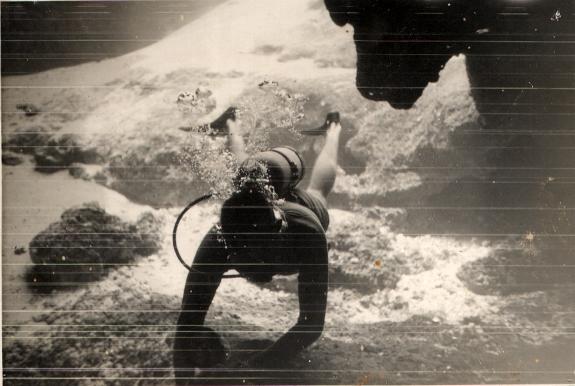
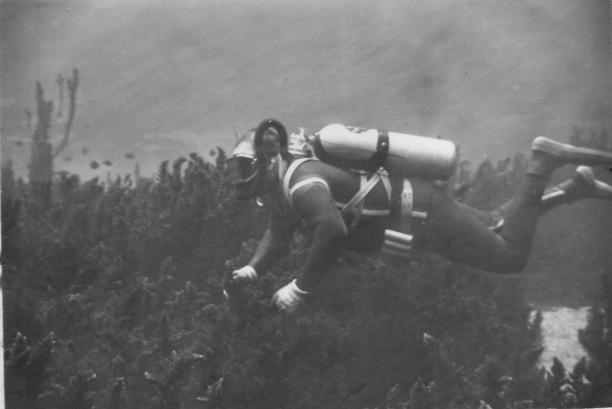
|
1960’s photo |
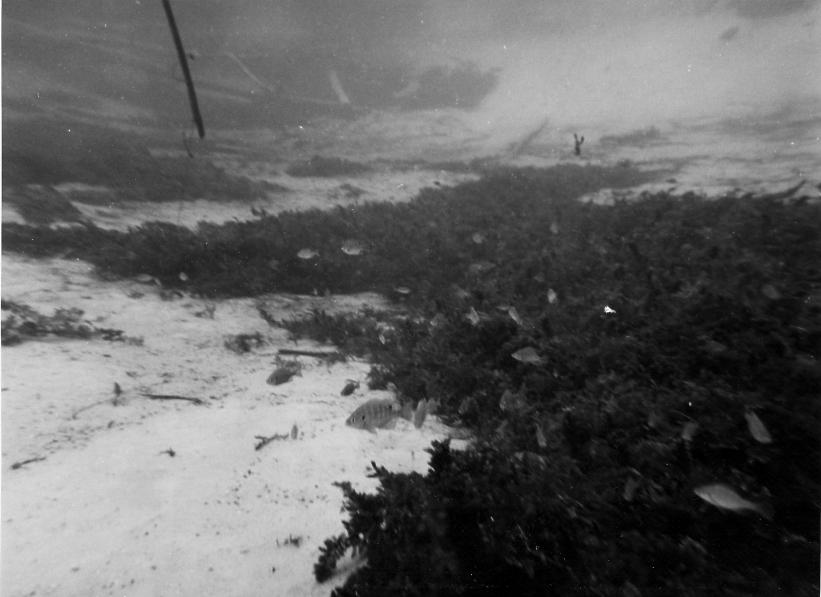
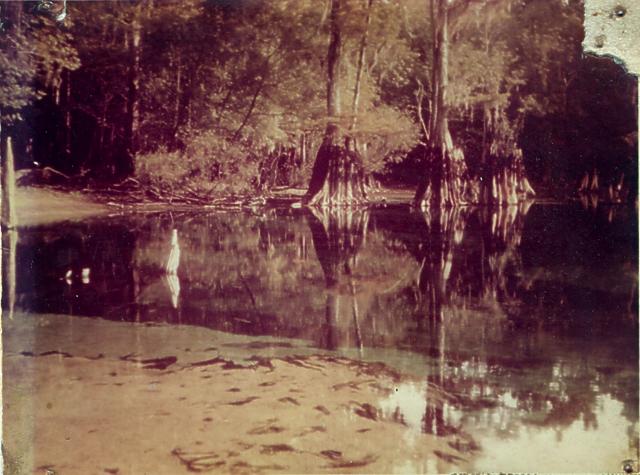
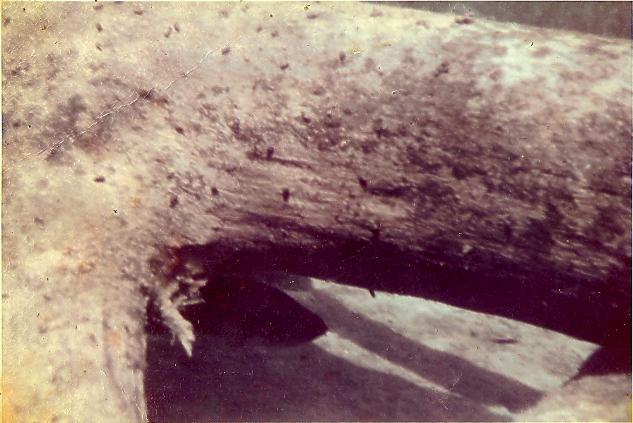
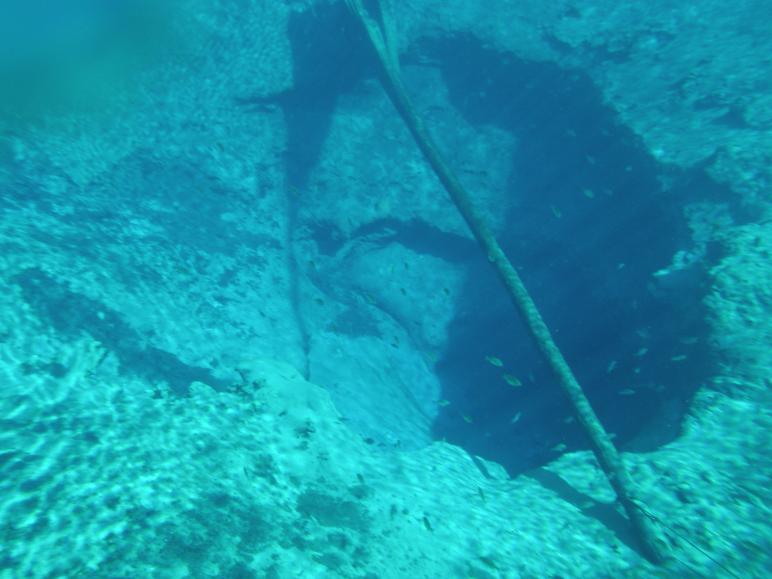
|
Today in Morrison Spring State Park this lame excuse for a log replaces the iconic log that lay across the crater, lodged underneath the crater ledge for many decades. This is now the only log currently in the basin.
The mighty deadheads are all long gone, so one of the few places that fish can be found is within the confines of the crater, tying to hide as best they can.
The lush, green, fish-crowded coontail moss beds died out due to muddy water shutting out sunlight during extensive high water and floods in the 1970’s and never returned. Over time, due to the absence of the cover provided by the logs and the moss beds, the diverse fish population diminished and slimy green algae invaded the spring basin and spring run, covering the bottom completely in many areas. |
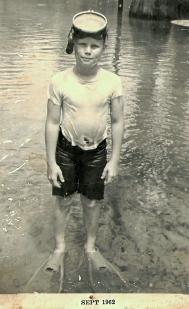
|
While it is true that all things must change, and nothing stays the same, this young Swamp Rat & I miss the Morrison Spring that we knew in the 1950’s and 1960’s. It was a place we called home. jag |